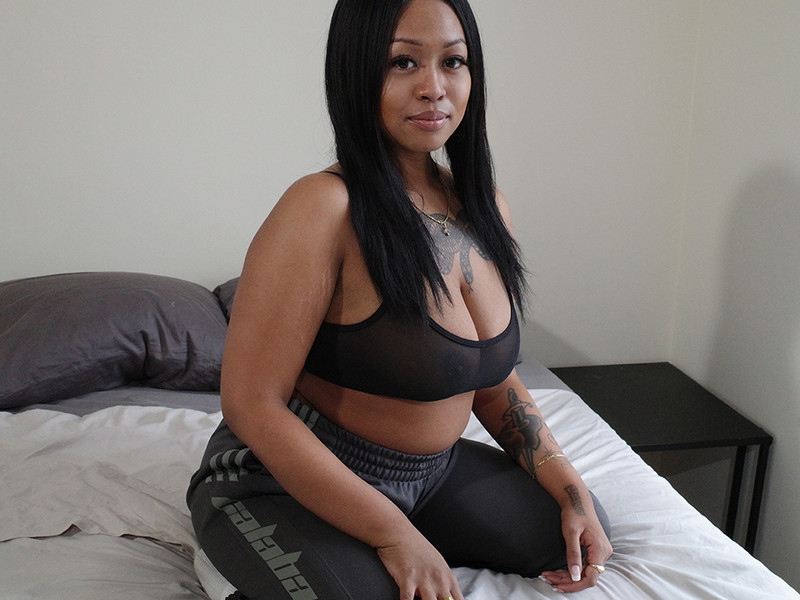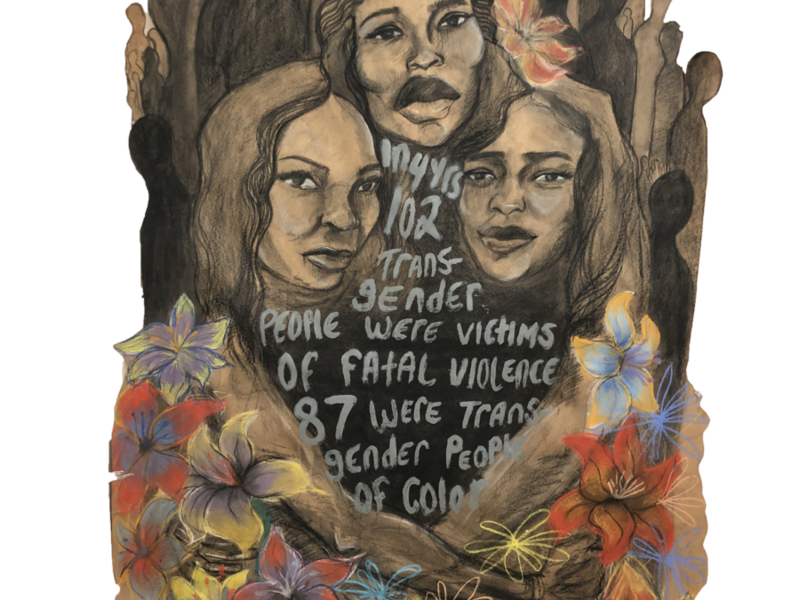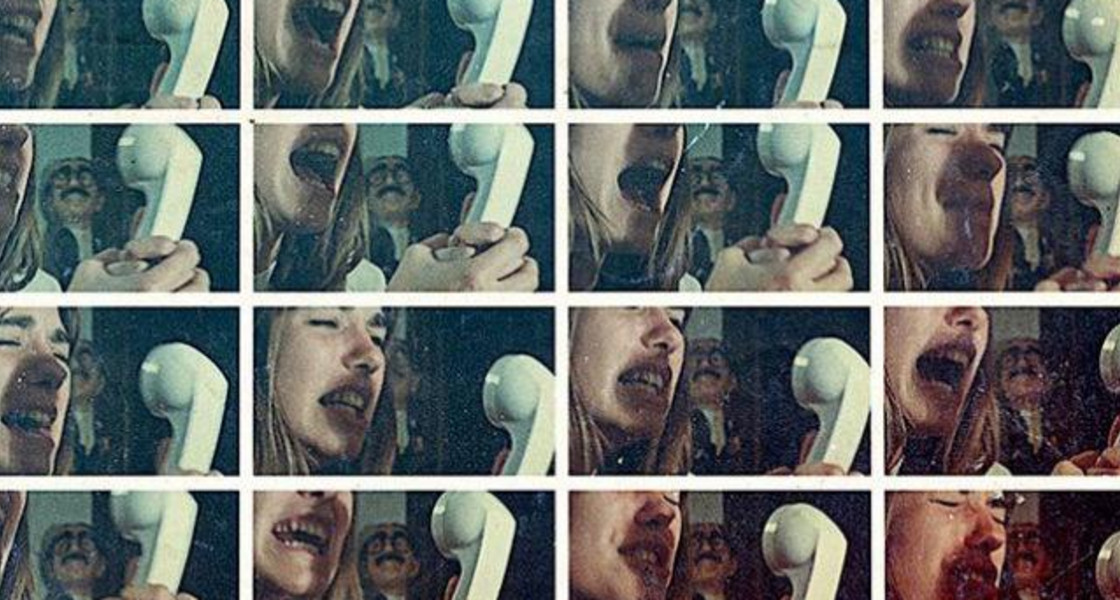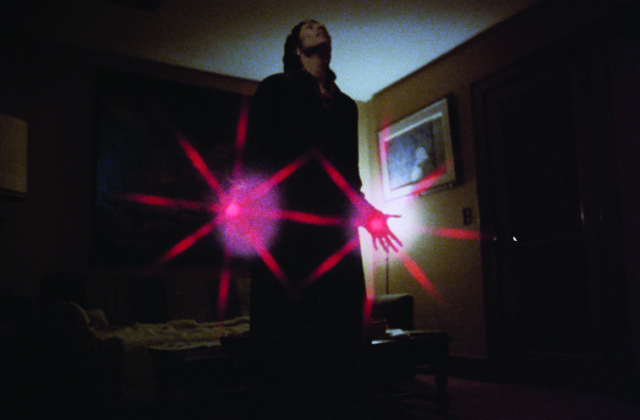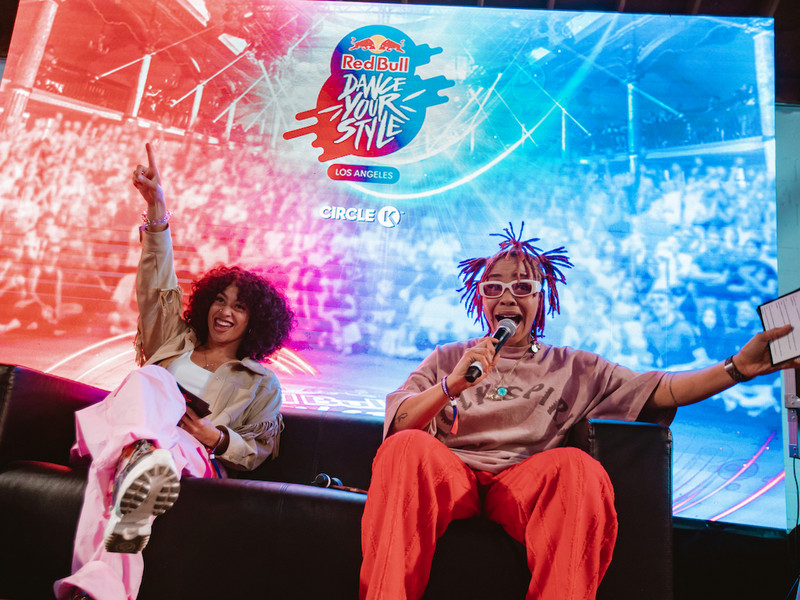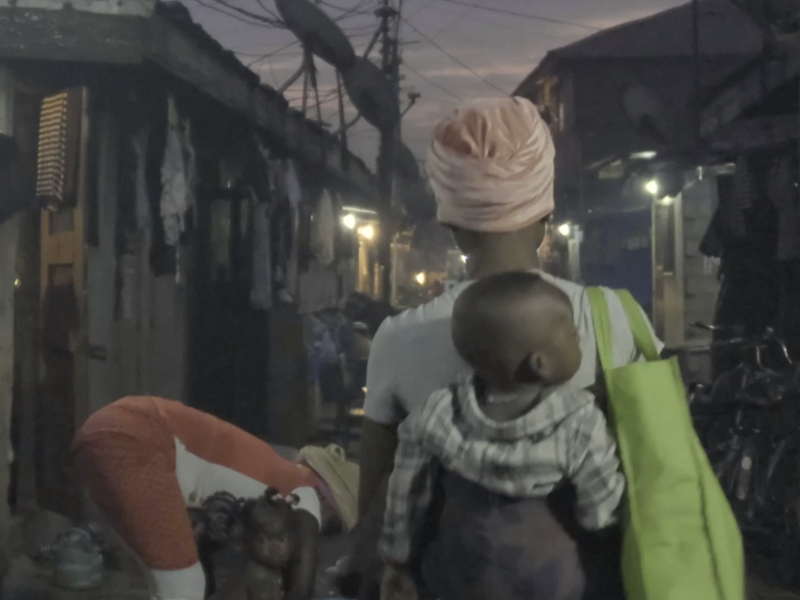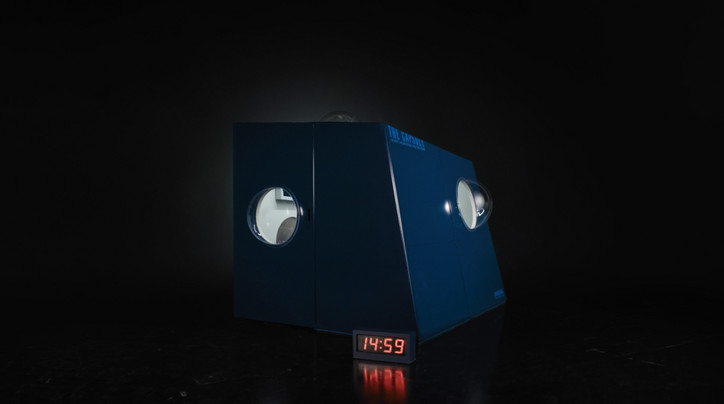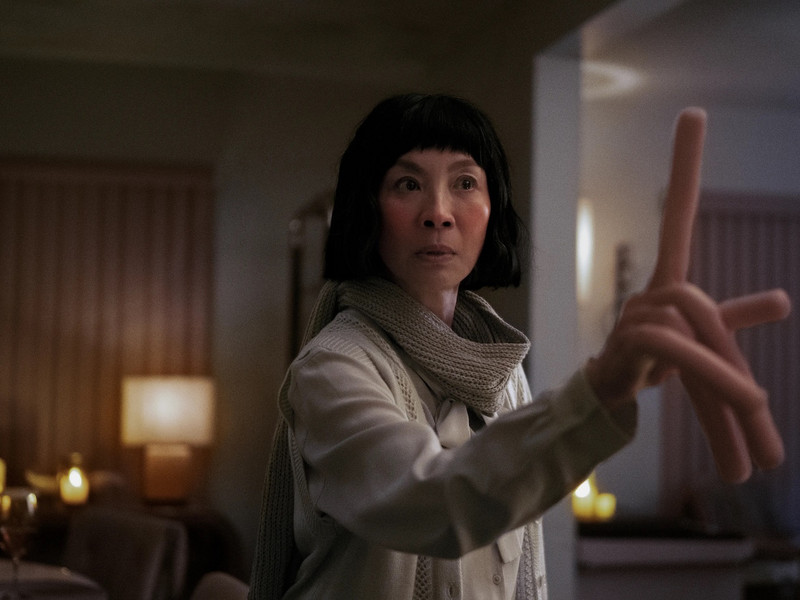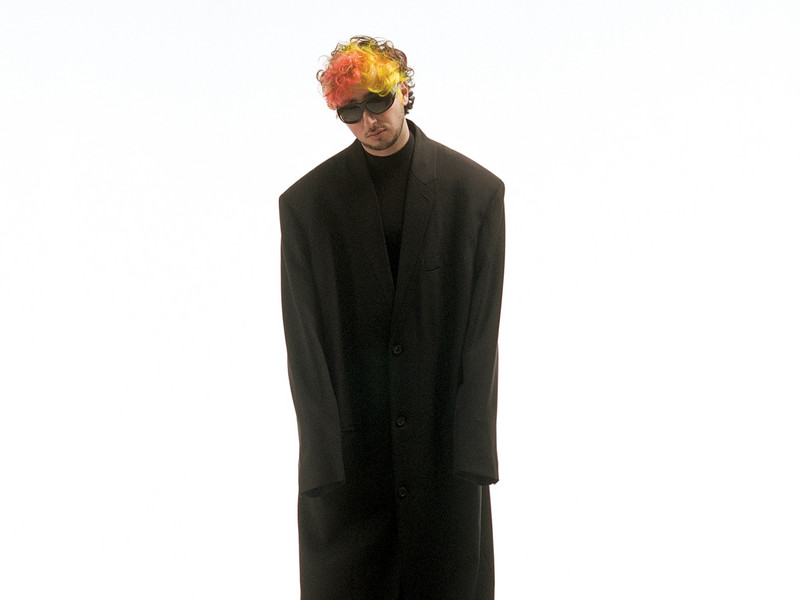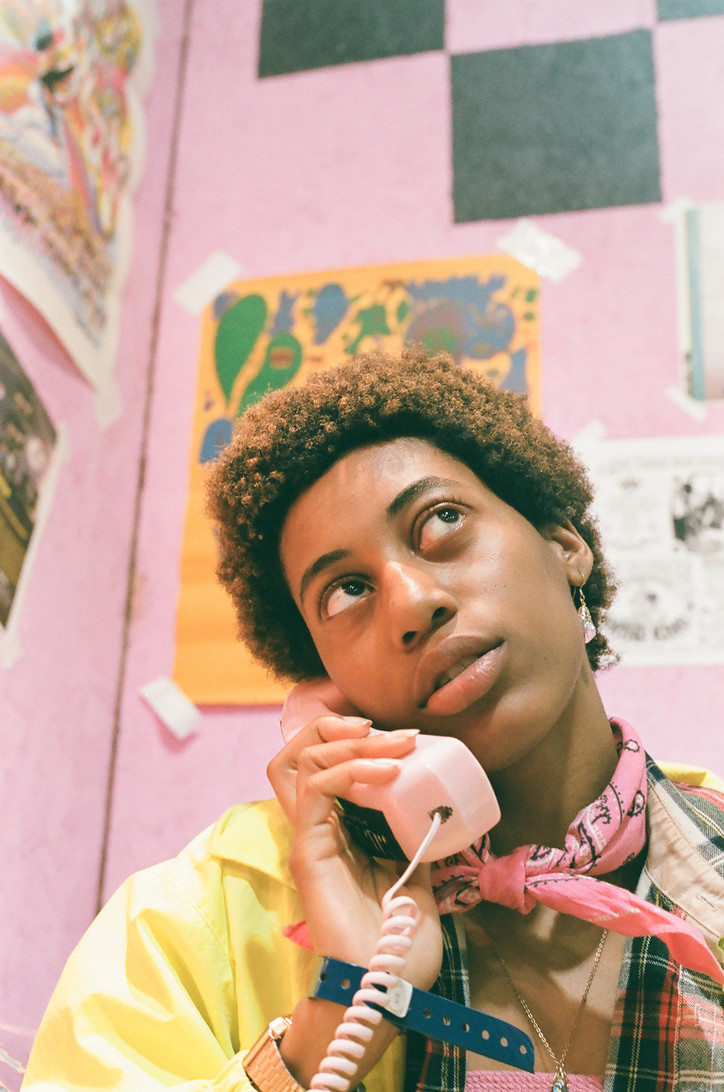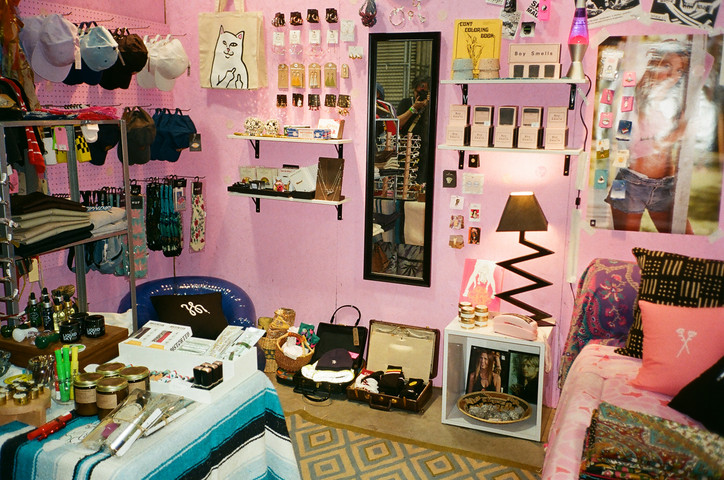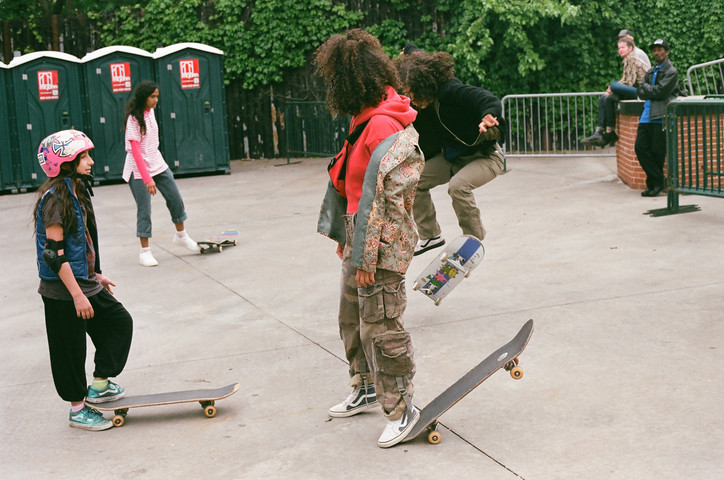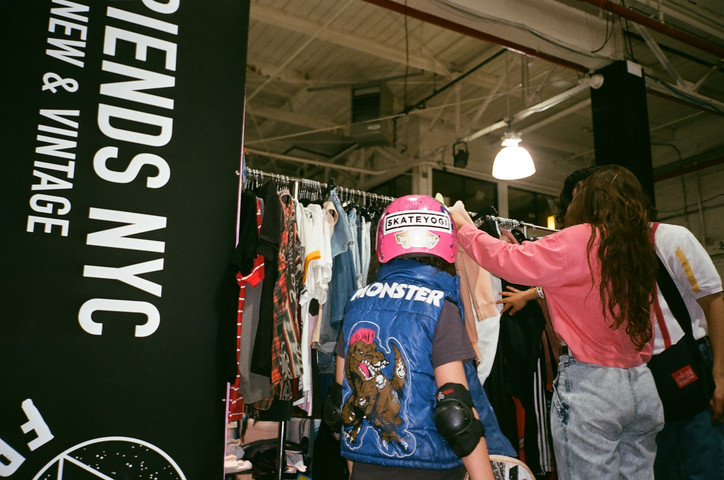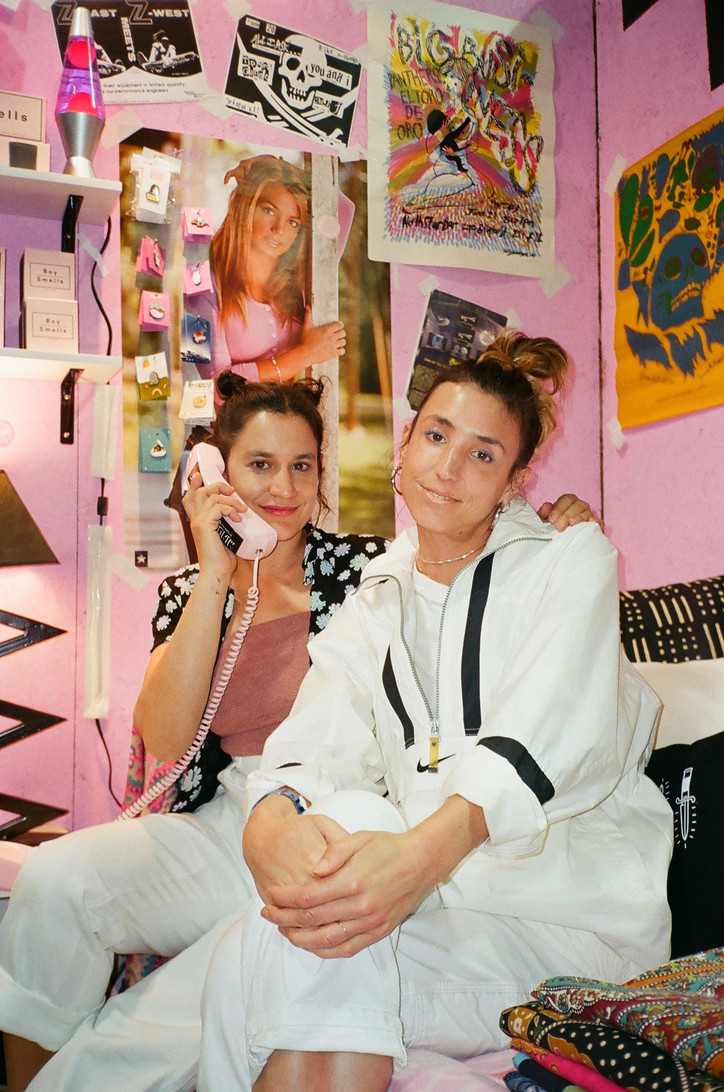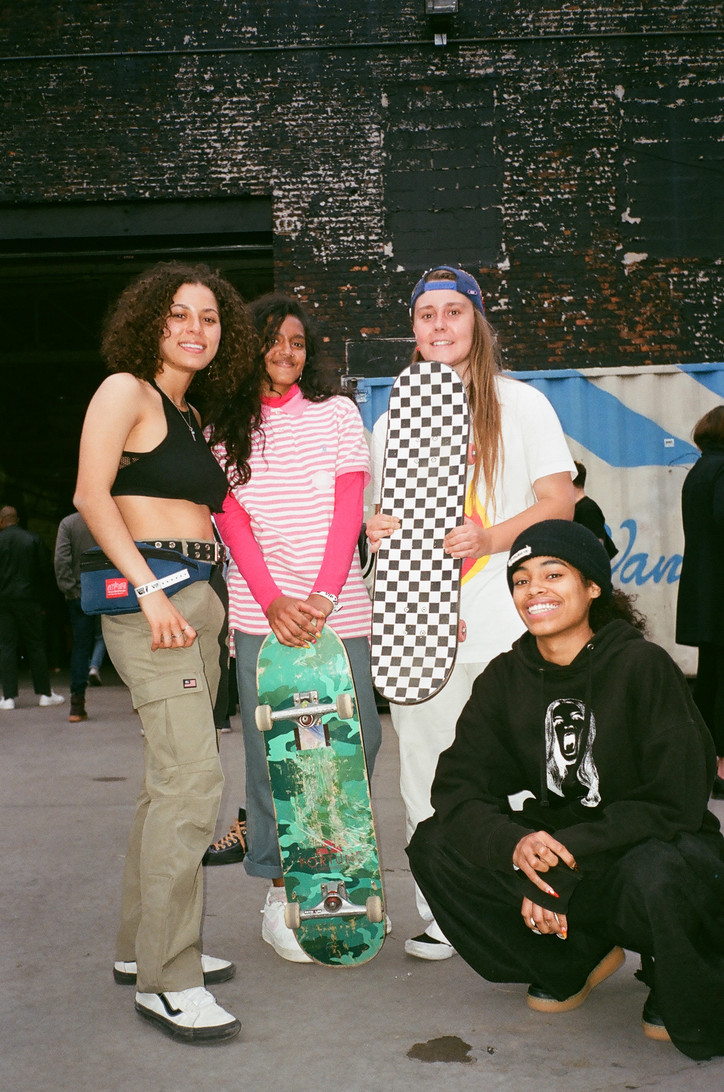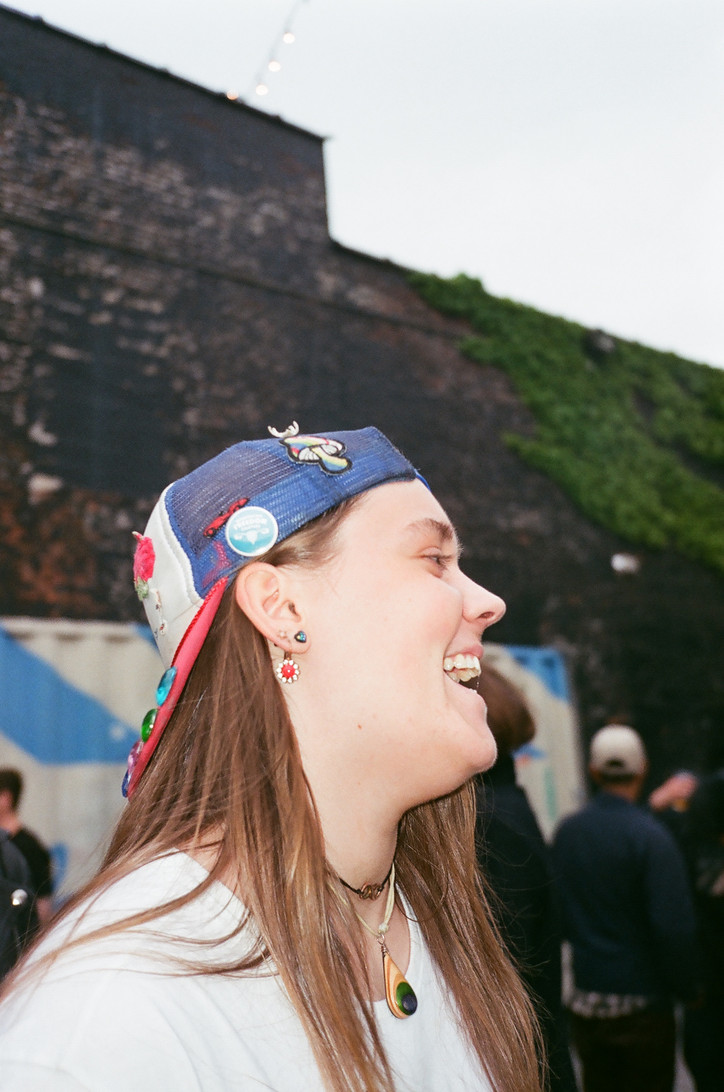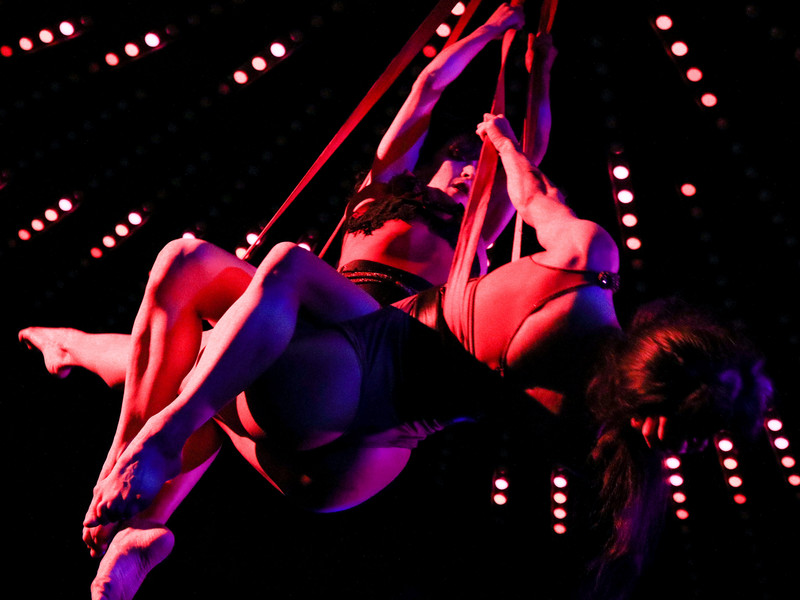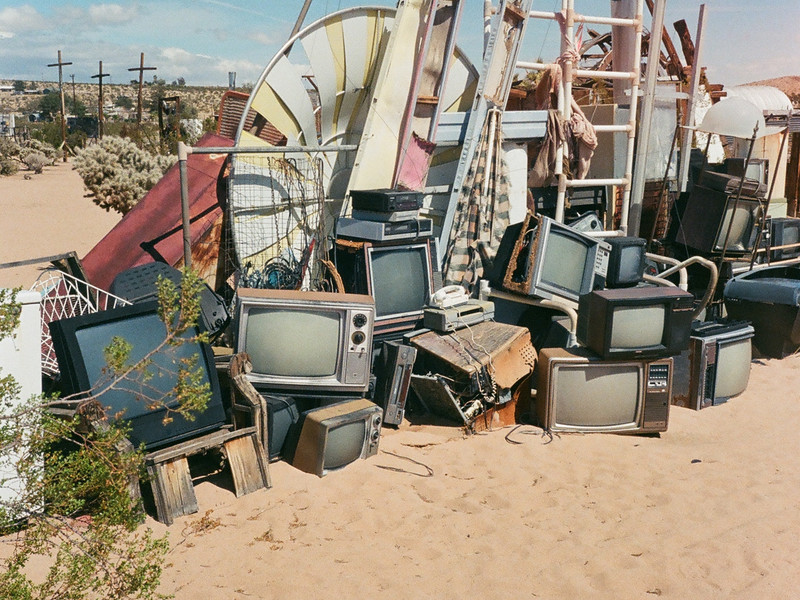Classes at the Miskatonic Institute of Horror Studies embody everything you liked about college without the homework and mandatory group project BS. Offering up of-the-moment topical lectures like Black Horror: The Revolutionary Act of Subverting the White Gaze, (led by Dianca London Potts) alongside biographical explorations of true crime mainstays with classes like L.A. Despair: Chasing Death with John Gilmore, (led by Remy Bennett) the school endeavors to delve into the horror genre from all different expert perspectives.
Founded by writer Kier-La Janisse in 2010, the institute has grown from a one-off workshop for teens in a Canadian bookstore into an inclusive international community for horror lovers and scholars alike. Janisse’s inclination to cultivate a school for horror criticism was born of the fact that there simply weren’t any around before Miskatonic. And growing up as a major devotee of the genre, she found that most film critics didn’t take horror as seriously as they did other genres, like drama. So it was difficult to find scholarly discussion of her favorite works that didn’t condescend to the genre as a whole, which is sad for two main reasons: horror has always been a “women’s genre” as Janisse calls it, a place in film where “the female actor gets to shine the most, has the most to do and has the best lines,” and its producers have always pushed cultural boundaries before mainstream Hollywood producers dared to. So we’re stoked that Janisse had the gall to subvert the status quo, and create her own academy of terror.
office sat down with the founder to talk about horror’s charms and ignorance in the industry.
What made you open the Miskatonic Institute of Horror Studies?
As a teenager I grew aware of this disparaging attitude people had about the horror genre, thinking all the people who watched horror films were sadistic idiots –– that we didn’t have the intellectual faculties to be critical of what we were watching. And I didn’t find that to be true based on the horror fans I knew. All these things came into play when we were creating Miskatonic. We wanted to build a place where horror fans and people who were curious about horror could come together and talk about the genre from all different angles.
Aside from being a longtime horror fan yourself, what’s so important about the genre that you were motivated to create a school for it?
I’m interested in the historical aspect of it. Whenever I pick classes or teach classes myself, I pick a specific genre, director or era and run through the minutiae of it, because I’m really interested in how horror interacts with non-horror. Horror doesn’t just exist in a vacuum. There are experimental and documentary filmmakers that work with horror, and there are many people that collaborate across different genres.


